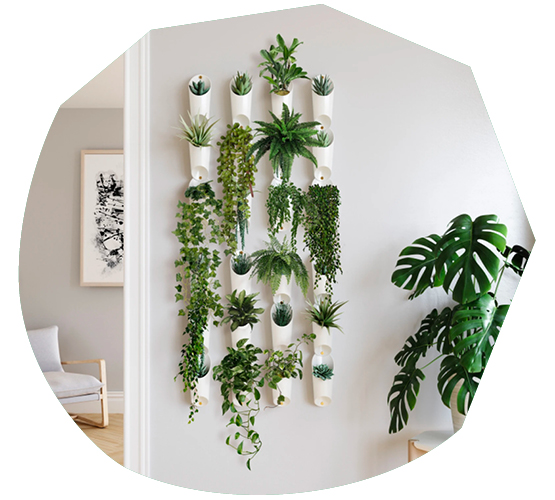The International WELL Building Institute (IWBI) is on a mission to enable buildings and communities alike to improve health and quality of life. How do they plan on doing this? By bringing biophilic design to the forefront of architecture and design.
“Biophilic design means incorporating natural materials, views, vegetation, or indirect representations of nature like photographs, art or color and pattern into the design of a space to simulate feelings of being outdoors” Jaclyn Whitaker, senior vice president of IWBI, explained in a post for Marvin, a cedar and lumber company, on their blog.
It’s been proven that humans respond positively when we interact with nature. When biophilic design elements are implemented in our living and workspaces we’re able to reap the natural benefits.
The post explains that biophilic design can be achieved through direct representation, which utilizes wood or plants, or indirect representation, which uses artificial items to “mimic” natural materials.
Read the full post on the Marvin site here.




